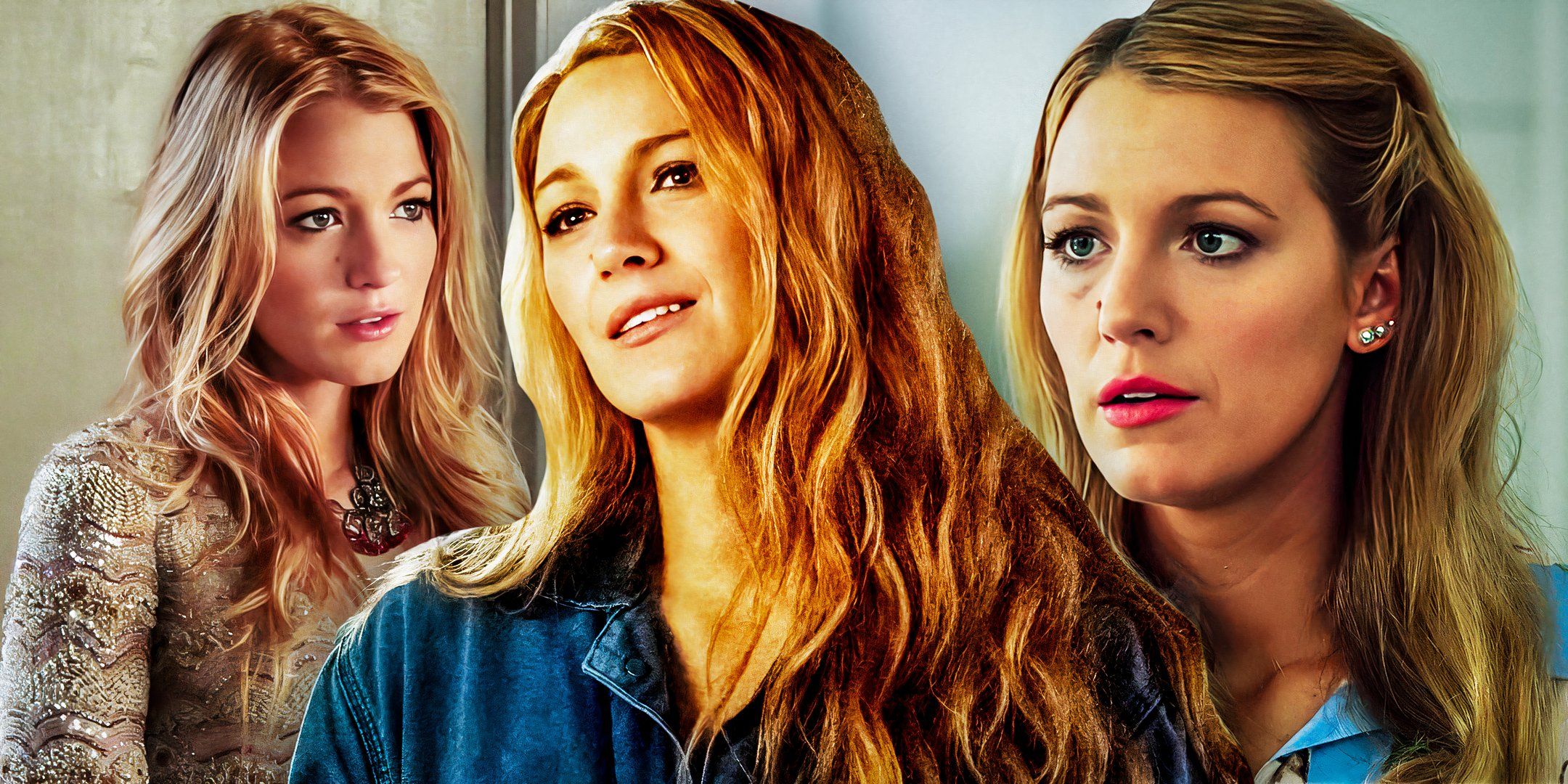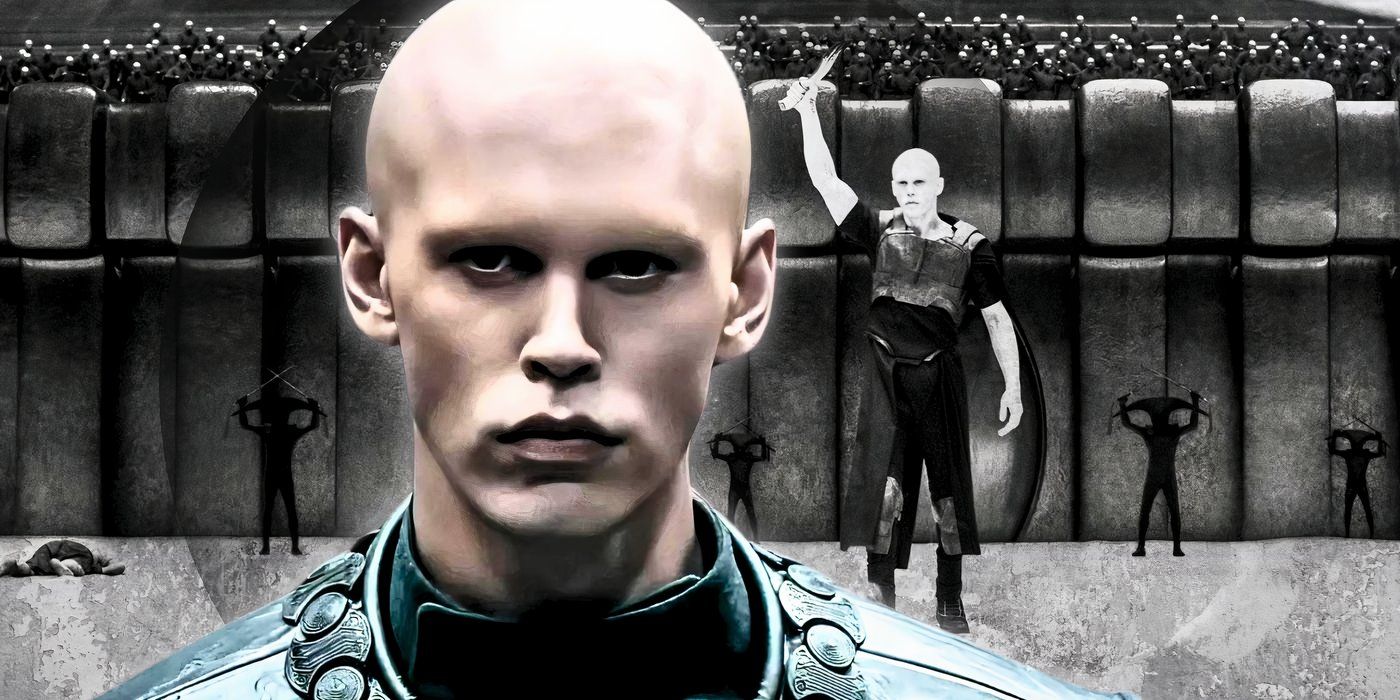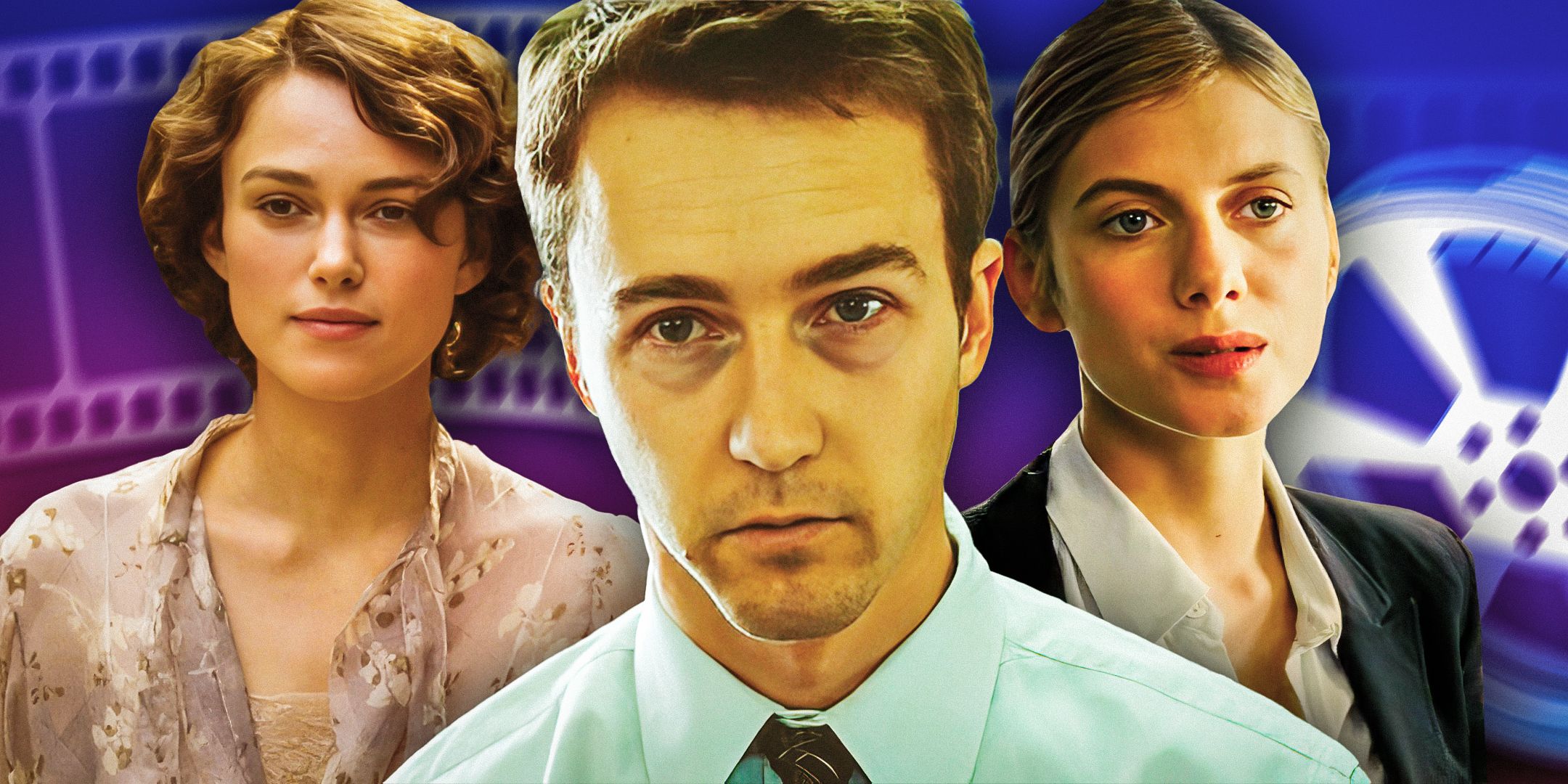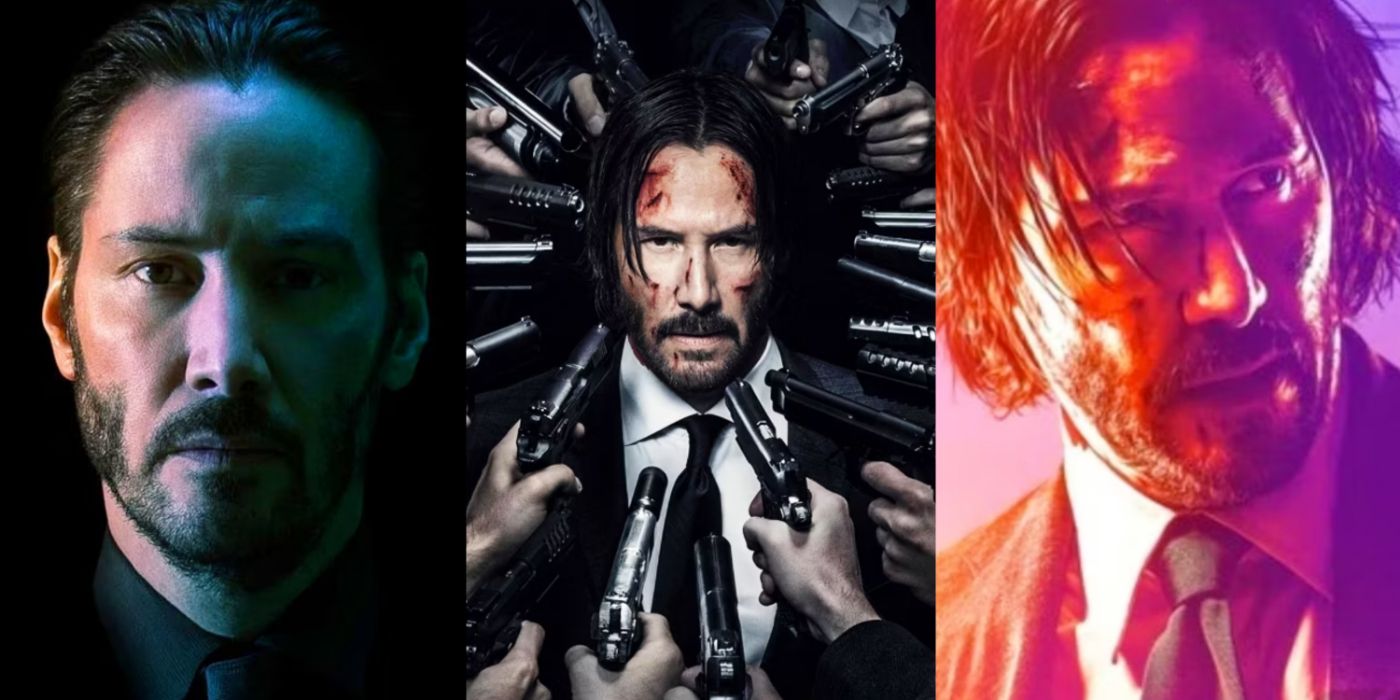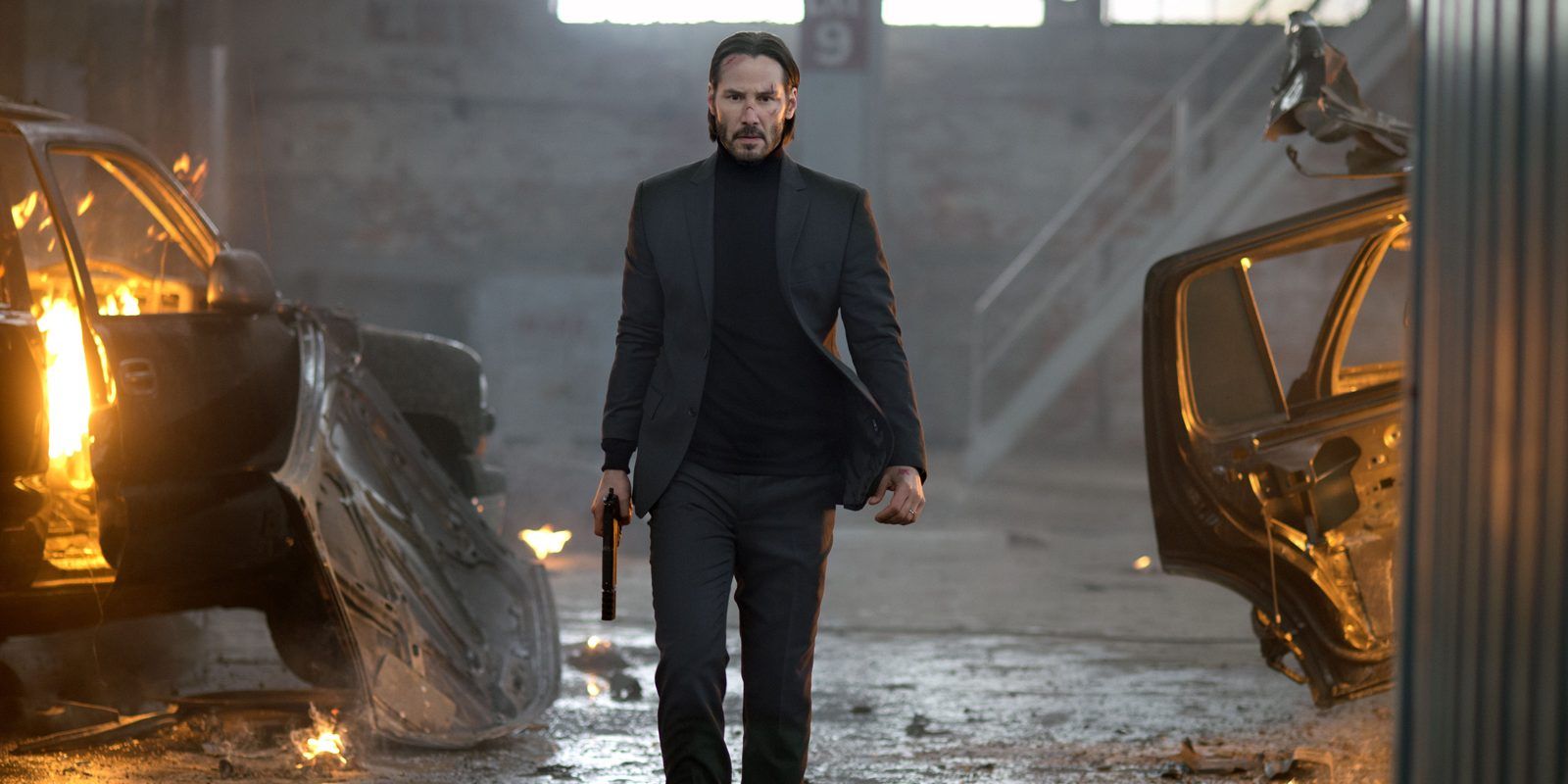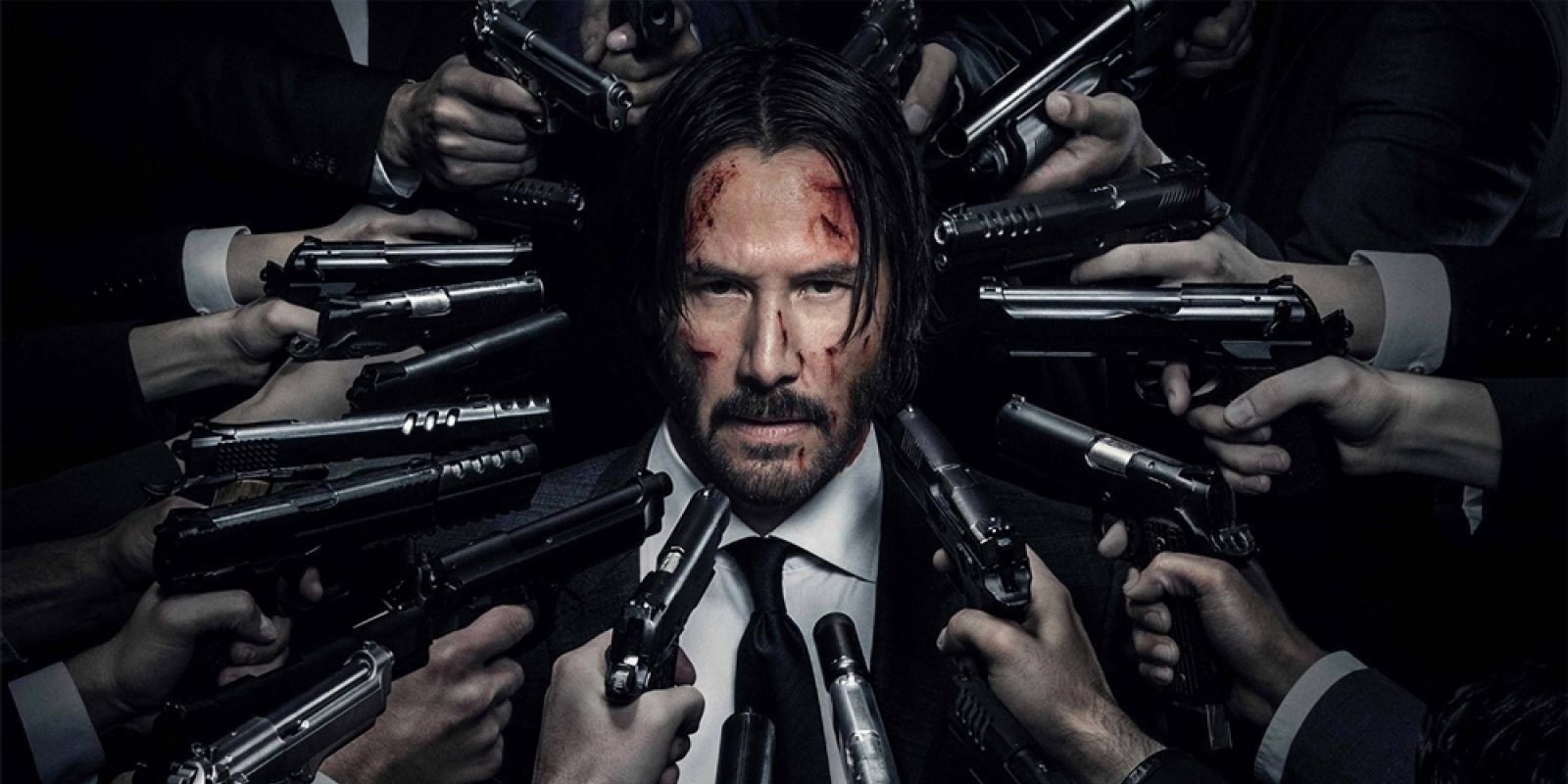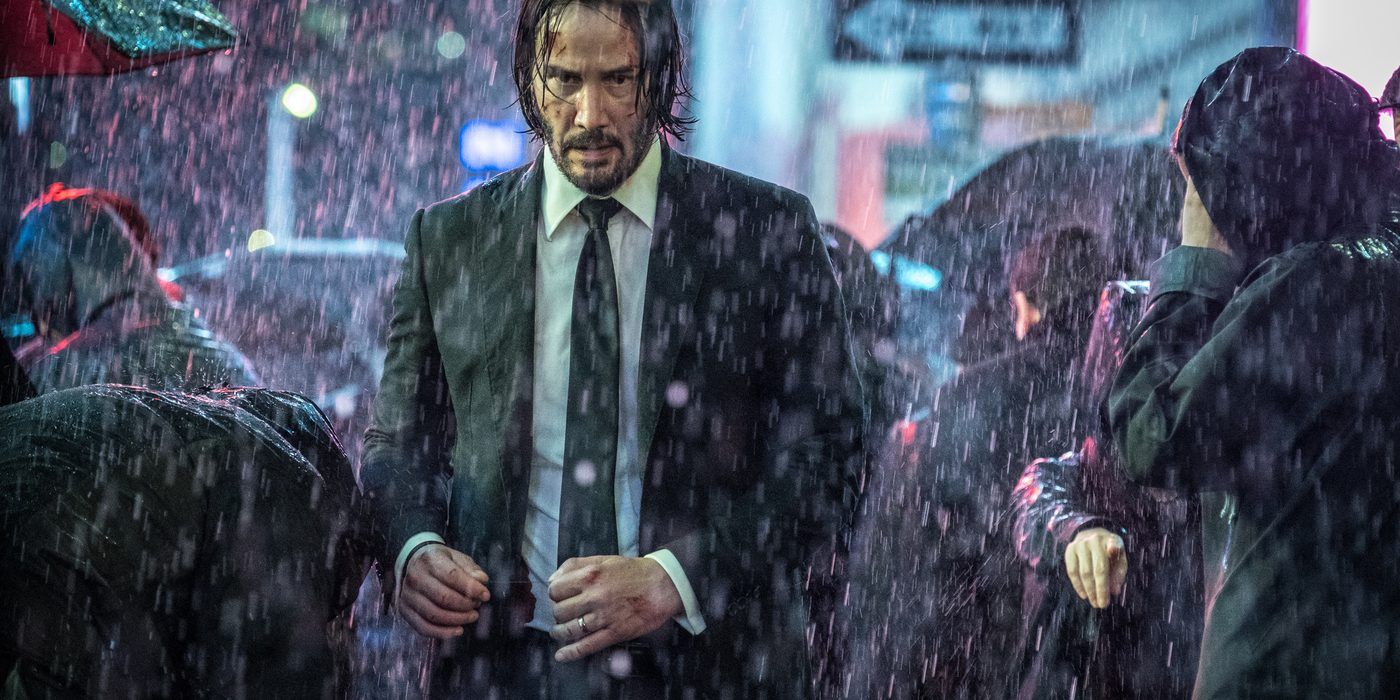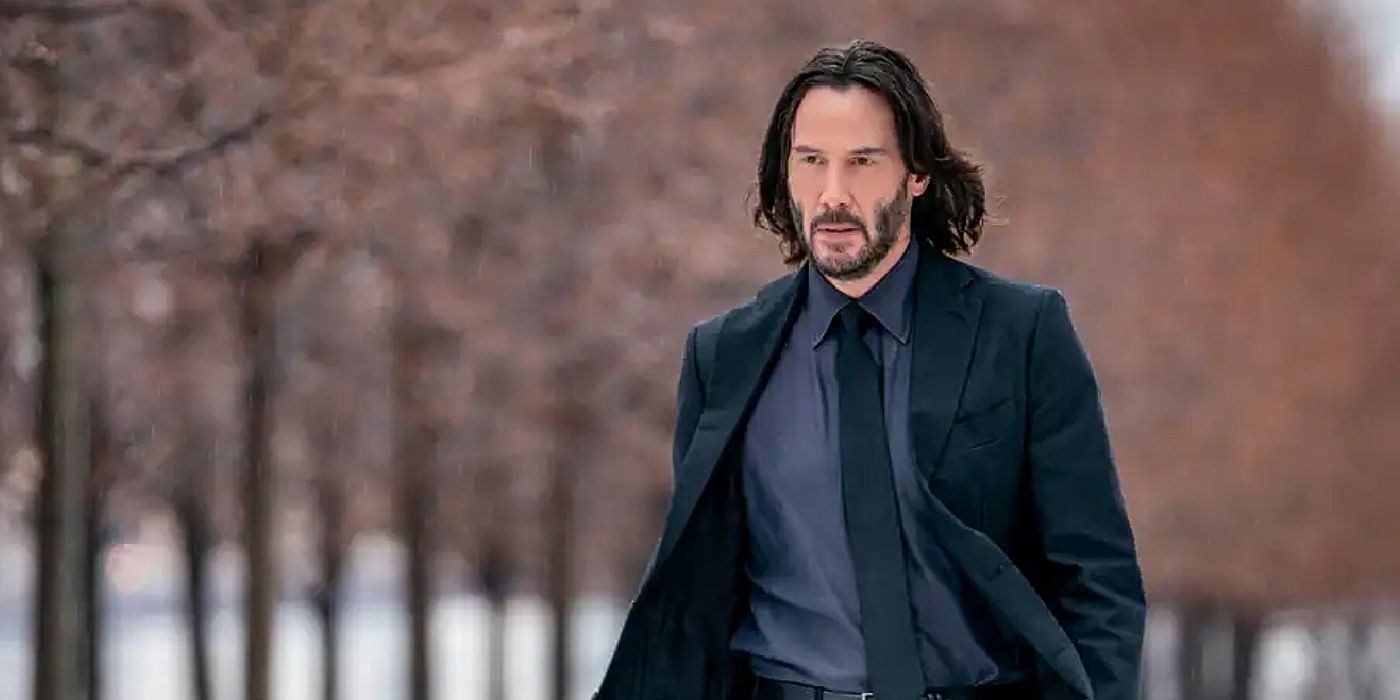The John Wick movies are some of the most exciting action movies of the past decade, but which is the best? In the John Wick franchise, Keanu Reeves portrays a retired assassin with almost nothing to lose. His wife passed away, his car was stolen, and gangsters killed his dog. John Wick returns to the underworld in order to right several wrongs, and finds refuge at The Continental; a safe zone for assassins and other criminals. But when Wick takes out an enemy within The Continental grounds, he's quickly blacklisted and labeled "excommunicado" and every assassin in the world sets their targets on him.
The 2014 film John Wick establishes the rules of the game, which benefits the subsequent movies. In 2017, John Wick: Chapter 2 emphasized the mythology surrounding Reeves' title character. And the most recent installment, John Wick: Chapter 3 – Parabellum, upped the ante with even more stylized action and wild fight sequences. Finally, John Wick: Chapter 4 seemingly marked the end of the story for the beleaguered assassin as he faced almost insurmountable odds.
4 John Wick (2014)
The John Wick movies excel as a modern neo-noir. Conceptually, there’s a brilliant premise: a retired assassin returns to a life of crime, seemingly because a gangster stole his Mustang and killed his dog. But there’s much more to consider, as Reeves' Wick grapples with an existential crisis after the death of his wife. Even the character’s enemies understand his plight, and they’re scared to death when Wick emerges from the underground to right the various wrongs.
In John Wick, directors Chad Stahelski and David Leitch (the latter uncredited) let the action and aesthetic speak louder than words. The blue-grey color palette complements Wick’s mood, but the audience doesn’t learn about any deep-rooted issues; the dialogue and universe “rules” become important for teasing an origin story. The Continental sequences specifically humanize Reeves' character and show he's fully willing to break the established rules. In that sense, John Wick effectively maintains suspense, as the film holds back on fully revealing the title character's motivations and underworld connections.
As a stand-alone action film, John Wick checks various boxes. Reeves essentially plays a more interesting version than Alain Delon’s Jef Costello in the assassin classic Le Samouraï, and there’s a distinct visual style in the filmmaking, whether it’s the cadence of Wick reloading his gun, or Reeves’ deadpan dialogue delivery. John Wick works on a practical level by consistently emphasizing the rules. And perhaps most importantly, it teases future John Wick movies; Reeves delivers an impressive physical performance while the film itself holds back on character psychology.
3 John Wick: Chapter 2 (2017)
John Wick exists so John Wick: Chapter 2 could thrive. As a cinematic experience, the second installment in the John Wick movies franchise surpasses the original, largely in part to its increased budget of $40 million. There’s tremendous value in viewing John Wick for the first time, but the sequel’s production and narrative execution are more impressive and memorable. To be fair, John Wick: Chapter 2 doesn’t need to worry as much about character exposition; it kicks off with a thrilling Brooklyn car chase and assumes that viewers came for a reason. But still, the visuals are more dynamic, the dialogue is more quotable, and the sequel doubles down on the John Wick universe rules, which is part of the fun.
There’s a Spaghetti Western spirit to John Wick: Chapter 2, in both the dialogue and the pacing. This time around, Stahelski seems to fully understand when to pause - when to hold a shot - thus allowing the audience to revel in the character's mythology. Very early on, Peter Stormare's Abram Tarasov notes that “John Wick is a man of focus, commitment and sheer f**king will,” and a subsequent close-up shot of Reeves hammers that home. Overall, John Wick: Chapter 2 feels more structurally focused and precise than the original; each moment matters and there’s a rhythm in contrast to John Wick's slower sequences that are crucial for world-building.
The second half of John Wick: Chapter 2 cements its legacy as a modern neo-noir classic. There’s the blood oath conceit, and what that means for the larger picture in terms of underworld favors. But then there’s the nightclub sequence which is all about immediacy and honor. Wick sets off to execute a Camorra member only to discover she'd rather kill herself than be assassinated. This precedes an instantly-iconic battle between Wick and Gianna's bodyguard Cassian (Common), which ends at The Continental bar. It’s not hard to imagine Clint Eastwood's Man With No Name visiting the same establishment.
It’s that cinematic familiarity that makes John Wick: Chapter 2 so special. There’s a touch of Martin Scorsese’s Taxi Driver during an extended weapon selection sequence, one that’s less about style and more about necessity. The utilization and disposal of weapons are crucial from sequence to sequence. John Wick: movies can be criticized for glorifying guns, but most viewers will correlate the most intense sequences with the fictional worlds of modern gaming. John Wick: Chapter 2 proved the first wasn't a fluke as it was just as well-received, if not better.
2 John Wick: Chapter 3 – Parabellum (2019)
John Wick: Chapter 3 – Parabellum was the franchise’s most daring installment and could be titled "John Wick Unchained," a concept that the second installment hints at. From the jump, the action seamlessly picks up from John Wick: Chapter 2, only the fight sequences are more rhythmic and inventive. There’s a sense of urgency that parallels Wick’s mental state. As a performer, Reeves operates more efficiently; Wick’s blows land harder and cut deeper. As a result, there’s an extreme amount of gore in John Wick: Chapter 3 – Parabellum; a balance of ultra-violence and laugh-out-loud one-liners.
While it stays true to the John Wick movies' premise, Stahelski favors visceral action over narrative substance. Survival is key, and by any means necessary. Wick no longer has the luxury of finding refuge at The Continental. Conceptually, this allows for the introduction of Halle Berry’s Sofia; a female assassin who matches Wick’s level of intensity. Their shootout sequences are not only thrilling and satisfying, but they also match the rhythmic intensity of Reeves' hand-to-hand combat.
John Wick: Chapter 3 – Parabellum mostly hits the right story beats. New characters are introduced, and new details are revealed about Wick’s backstory. There’s not much depth to Asia Kate Dillon’s Adjudicator, but they serve their purpose - they are there to enforce. John Wick 3 does occasionally become too self-aware, most notably when Mark Dacascos’ Zero, an assassin, reveals himself to be a John Wick fanboy. But that’s part of the franchise appeal - the tonal shifts from extreme violence to light-hearted comedy, all in the name of John Wick’s living legend persona.
1 1. John Wick: Chapter 4 (2023)
Out of all the John Wick movies, the one that has the highest critical and audience appeal is the latest one, John Wick: Chapter 4. Much like the previous sequels, John Wick: Chapter 4 starts off ready to roll. After almost dying in the last movie, the Bowery King helped heal up Wick, and he seems ready to back the former assassins' plan to take on the High Table once and for all. While that never really happened in this movie, it was still a chance for Stahelski and Reeves to take on the action that John Wick movie fans love - maybe one last time.
The movie tops the rankings on Rotten Tomatoes, with both the critics and audience giving it a score of over 90%, and it ensured that all four movies in the franchise ended up certified fresh by critics. What really made this one great was the direction, although at times it went even more absurdly over the top than even the previous two sequels. There's a long crane shot that showed John Wick fighting through an old abandoned home in Paris that looked like it was straight out of a video game. His choice of weapon, which shot out an explosive that engulfed his target in flames was just icing on the cake.
There were also more choreographed fight scenes here, some that just never seemed to stop. A battle on the Arc de Triomphe saw Wick battling in and out of a car, while other vehicles roared by without a care. A fight in a techno rave seemed straight out of the second movie. The fight in Japan, which paid homage to iconic action scenes in Japanese samurai movies, was nicely laid out. The final fight traveling up a never-ending staircase, where Wick seemed to have extra lives from a video game just hammered it home - the John Wick movies had become a live-action video game.
However, what really made the final installment work so well for critics and fans was the story. John Wick was tired. He was growing weary. He had beaten so many of his enemies and all that remained for John Wick was the High Table. While he would never reach those mythical individuals, he did battle their proxy at the end. It was a satisfying end for the assassin who only wanted to be a good husband in his life. If there is never another release in the John Wick movies franchise, this chapter was a fitting sendoff.


